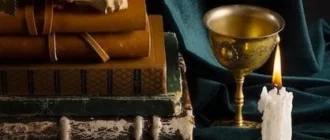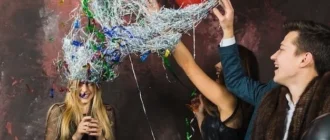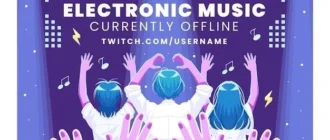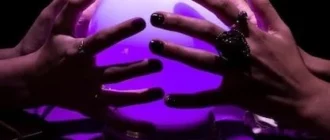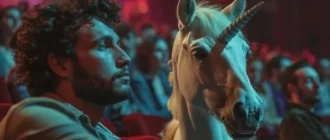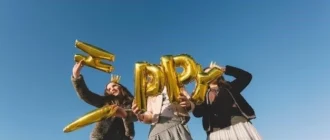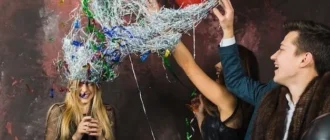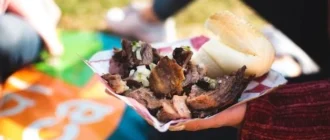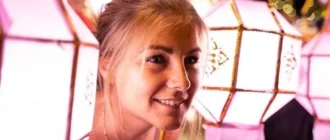Makeup, in its various forms, has been an integral part of human civilization for millennia. From the kohl-rimmed eyes of ancient Egyptians to the elaborate face paint of indigenous cultures, cosmetics have served a multitude of purposes, from religious rituals to social status symbols. This article delves into the fascinating history of makeup, tracing its evolution from ancient practices to the modern beauty industry.
Ancient Origins: Cosmetics for the Gods and the Living
The earliest archaeological evidence of cosmetics dates back to ancient Egypt, circa 4000 BCE. Egyptians, both men and women, used makeup not just for aesthetics but also for religious, therapeutic, and practical purposes.
Ancient Egypt: Where Beauty Met Divinity
- Kohl: This iconic black eye paint, made from ground galena (a lead sulfide mineral), served multiple functions. It protected the eyes from the harsh desert sun, repelled insects, and was believed to ward off the evil eye.
- Malachite: This green copper carbonate pigment was used as eyeshadow to create a vibrant contrast with kohl.
- Red Ochre: This natural clay pigment, rich in iron oxide, was used as a blush and lip stain.
- Henna: This natural dye, derived from the henna plant, was used to stain nails, fingertips, and hair.
Cosmetics were highly prized in ancient Egyptian society. Elaborate cosmetic palettes, mirrors made of polished obsidian, and containers crafted from precious materials have been found in tombs, highlighting the significance of beauty and personal adornment in their afterlife beliefs.
Beyond Egypt: Cosmetics in Other Ancient Cultures
The use of cosmetics was not limited to ancient Egypt. Other civilizations across the ancient world developed their unique cosmetic practices:
- Mesopotamia: The ancient Sumerians and Babylonians used kohl, henna, and other pigments for makeup. They are also credited with inventing the worlds first lipstick, made from crushed gemstones and beeswax.
- Ancient China: Cosmetics played a significant role in Chinese culture. They used rice powder for a fair complexion, rouge from safflower petals, and eyebrow ink made from soot or charcoal.
- Ancient Greece: The Greeks were known for their emphasis on natural beauty. They used crushed berries for lip stain, charcoal for eyebrow darkening, and white lead for face powder.
- Ancient Rome: Romans adopted many cosmetic practices from the Greeks. They used rouge, white lead, and even created elaborate hairstyles using wigs and hairpieces.
The Middle Ages: Shifting Perceptions of Beauty and Cosmetics
With the rise of Christianity in Europe, attitudes toward cosmetics shifted. The Church associated makeup with vanity and extravagance, leading to a decline in its use. However, cosmetics did not disappear entirely.
- Subtle Enhancements: Women discreetly used natural ingredients like beetroot juice for blush and crushed berries for lip stain.
- Class Distinction: The use of cosmetics persisted among the upper classes and courtesans, who continued to embrace elaborate beauty rituals.
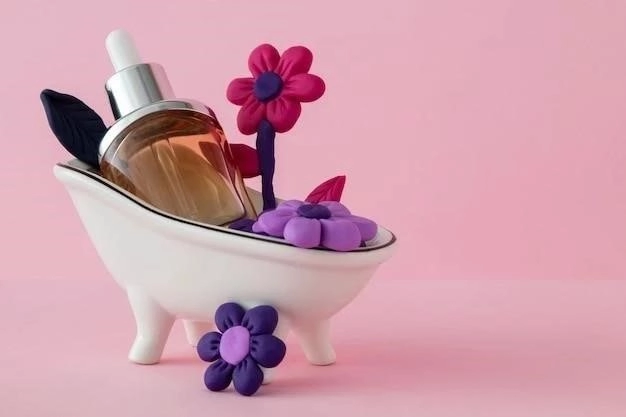
The Renaissance: A Revival of Beauty and the Rise of Toxic Ingredients
The Renaissance witnessed a renewed interest in classical art and beauty standards. This period saw a resurgence in the use of cosmetics, often with dangerous consequences.
- The Pale Look: A pale complexion became fashionable, symbolizing wealth and leisure. Women used white lead paint, often containing toxic levels of lead, to achieve this desired look.
- Rouge and Lipstick: Red ochre and vermilion, a mercury sulfide pigment, were popular choices for rouge and lipstick. These substances, while visually appealing, posed serious health risks.
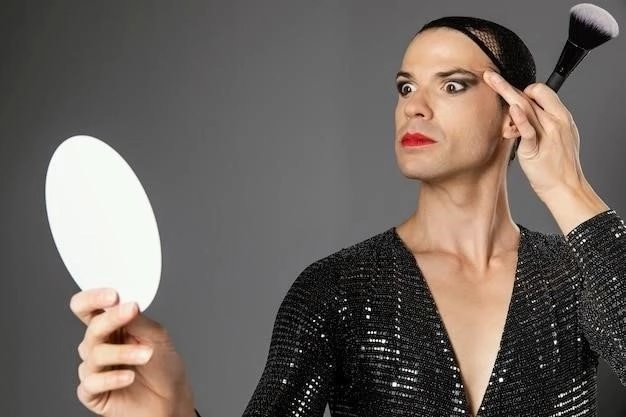
The 18th and 19th Centuries: From Excess to Restraint and Back Again
The 18th century saw a continuation of elaborate makeup trends٫ with the French court setting the standard for beauty. However٫ the Victorian era ushered in an era of moral conservatism٫ leading to a more restrained approach to cosmetics.
- Victorian Era: Makeup use was frowned upon, considered vulgar and indicative of loose morals. Women subtly enhanced their features with homemade concoctions, often using natural ingredients like rose petals for blush.
- Late 19th Century: The invention of photography and the rise of actresses like Sarah Bernhardt٫ who famously embraced makeup٫ led to a gradual shift in attitudes. The use of cosmetics became more acceptable٫ although still generally subtle.
The 20th Century and Beyond: The Rise of the Modern Beauty Industry
The 20th century marked a dramatic transformation in the beauty industry٫ driven by technological advancements٫ mass production٫ and changing social norms.
- Early 20th Century: The invention of motion pictures and the emergence of Hollywood glamour icons popularized makeup. Companies like Max Factor and Elizabeth Arden were at the forefront of this burgeoning industry.
- Mid-20th Century: World War II saw a surge in women entering the workforce, leading to an increased acceptance of makeup as part of a professional look. The invention of new products like waterproof mascara and long-lasting lipstick further fueled this trend.
- Late 20th Century and Beyond: The latter half of the century witnessed a diversification of beauty standards and a growing emphasis on individuality. The development of new technologies, a wider range of shades to cater to diverse skin tones, and a focus on ingredients and sustainability have shaped the modern beauty landscape.
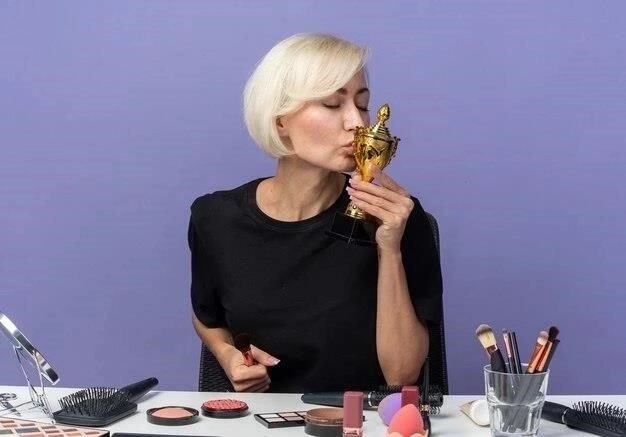
Modern Makeup: A Blend of Self-Expression, Inclusivity, and Innovation
Todays beauty industry is a multi-billion dollar global market, driven by constant innovation, a celebration of diversity, and a focus on self-expression. Consumers are more informed than ever before, seeking products that align with their values, whether its cruelty-free cosmetics, vegan formulations, or sustainable packaging.
From ancient rituals to modern trends, makeup has played a fascinating and ever-evolving role in human history; As technology advances and social norms continue to shift, its certain that the world of cosmetics will continue to surprise, innovate, and reflect the multifaceted nature of beauty in the years to come.
The 21st Century: A New Era of Consciousness and Inclusivity
The 21st century has ushered in a new era of consciousness within the beauty industry. Consumers are no longer passive recipients of beauty trends dictated by a select few. Instead, they are informed, discerning, and increasingly vocal about their expectations. This shift is driven by several interconnected factors:
1. The Rise of Digital Media and Democratization of Beauty
Social media platforms, beauty blogs, and online communities have democratized beauty discourse. Consumers are exposed to a diverse range of perspectives, tutorials, and product reviews, empowering them to make informed choices. This digital landscape has also provided a platform for previously marginalized voices, challenging Eurocentric beauty standards and celebrating individuality in all its forms.
2. Increased Demand for Transparency and Ethical Practices
Consumers are increasingly interested in the ethical practices of brands. This includes demanding transparency about ingredient sourcing, manufacturing processes, and animal testing policies. The rise of “clean beauty,” characterized by natural, organic, and ethically sourced ingredients, reflects this growing consumer awareness.
3. Sustainability as a Core Value
Sustainability is no longer a niche concern but a core value for many consumers. This has prompted beauty brands to adopt eco-friendly practices, such as reducing packaging waste, using recycled materials, and developing refillable product systems.
4. Technology-Driven Innovations
Technological advancements continue to shape the beauty landscape. Artificial intelligence (AI) is being utilized to personalize skincare recommendations, augmented reality (AR) allows consumers to virtually try on makeup, and personalized beauty products cater to individual needs and preferences.
The Future of Makeup: A Glimpse into the Crystal Ball
Predicting the future of makeup is an intriguing exercise. However, several emerging trends suggest a future where beauty is increasingly personalized, inclusive, and intertwined with technology:
- Hyper-Personalization: AI-powered diagnostics and personalized formulations will enable consumers to create bespoke skincare and makeup routines tailored to their unique needs and genetic predispositions.
- Virtual Beauty: The lines between the physical and digital realms will continue to blur. AR and virtual reality (VR) technologies will offer immersive beauty experiences, allowing consumers to experiment with different looks, attend virtual masterclasses, and consult with beauty professionals remotely.
- Biotechnology and DNA-Based Beauty: Advancements in biotechnology could lead to the development of products that interact with our DNA, potentially addressing skin concerns at a cellular level and offering highly targeted solutions.
- Inclusivity as the Norm: The beauty industry will continue to evolve to become more inclusive, representing a wider spectrum of ages, ethnicities, body types, and gender identities. This shift will be reflected in product offerings, marketing campaigns, and the overall beauty narrative.
The history of makeup is a testament to our enduring fascination with beauty and self-adornment. As we venture further into the 21st century, it is clear that the future of beauty is not merely about aesthetics but also about consciousness, inclusivity, and harnessing the power of technology to empower individuals to look and feel their best.

